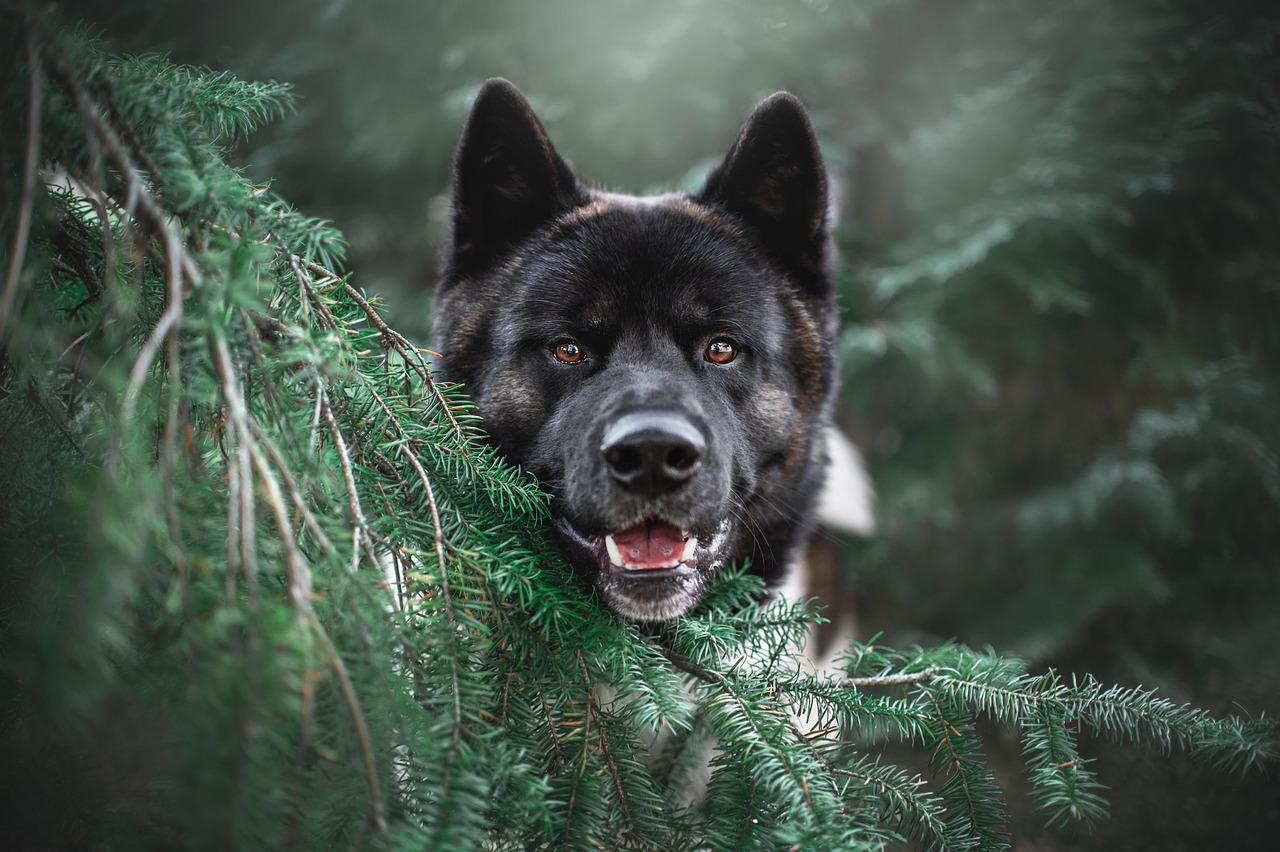AKITA
| Group: | Working |
|---|---|
| Size: | Large |
| Temperament: | Loyal, Respectful and Brave |
| Height: | 26-28 inches (male), 24-26 inches (female) |
| Weight: | 45-60 Kg (male), 30-45 Kg (female) |
| Life Expectancy: | 10-13 years |
| Origin: | Japan |
| Coat Length: | Medium |
| Coat Type: | Double |
| Color: | Black Brown brindle Fawn Red White Brown Black Overlay Red Black Overlay Fawn Black Overlay Silver Black Overlay |
About
Akitas are powerful and independent dogs of ancient Japanese lineage that have become famous throughout the world for their dignity, courage and loyalty. In Japan they are worshiped as family protectors—and symbols of good health, happiness and long life. This dog is best suited to an experienced owner, because it can be aggressive or try to dominate other dogs. If its owner does not establish the rules early on, this charming animal might develop bad behavior like nipping at others' heels or jumping up at them aggressively.
Nutrition
Akitas ought to thrive on premium dog food.Several breed specialists advise feeding Akitas older than 7 years a "light" or less calorie-dense diet as a preventative strategy against the potential start of kidney disease. Because certain dogs are predisposed to obesity, keep an eye on your dog's calorie consumption and weight. It's crucial to remember that certain Akitas have a propensity to become territorial with their food, so their bowl or treats should be kept out of the reach of other animals or children.
Ideal Meal Breakdown
Protein
29
Fat
20
Carbohydrates
43
Others
8
Exercise
The Akita does require some light exercise, despite not being a breed that is normally particularly active. The majority of breed members may fulfill their daily needs by jogging or taking a quick walk around the block. Akitas enjoy playing vigorously as well. Akitas, while being large dogs, may survive in a modestly sized house with adequate daily activity. Although they were designed to be strong dogs who could resist the harsh outdoor circumstances of northern Japan, they were also bred to be watchdogs and house dogs, and they adapt well to domestic environments.
Grooming
Akitas are typically neat animals with little "dog odour." They don't require a lot of grooming, but their double coat should be brushed at least once every week to keep it looking its best. Akitas normally only shed a little, but twice a year, they tend to "blow," when their dense undercoat sheds so much that it forms clumps all over your house. It is advisable to brush the dog more frequently at this time to remove the dead coat. Also, regular nail clipping is required since dogs with long nails may endure pain and other problems. Don't forget to frequently brush the dog's teeth to maintain dental health.
Training
Akitas are extremely intelligent, devoted, and independent, but they can also be headstrong. Given their size and strength, it is essential that they are consistently trained from an early age. Since Akitas are innately protective, it is crucial that they receive early and extensive socialization as puppies. They need to develop the ability to accept a variety of strangers without seeing them as a threat. They should never be left unattended in an unsecure area because of their independence and intense prey drive. Extreme caution should be used when interacting with other dogs around akitas because they have a tendency to be aggressive, especially toward dogs of the same sex.
Health
Akitas are prone to bloat, a rapid, potentially fatal disease in which the stomach can twist without medical help, like many other dogs. Bloat is a medical issue, thus owners of Akitas should learn the signs. Potential owners must ensure that they engage with a reputable breeder that checks the health of his or her breeding stock for illnesses including eye and thyroid problems as well as hip dysplasia, a hip joint abnormality that can cause discomfort and arthritis.
History
Akitas, which are unique to Japan, are members of the ancient canine family of spitz-type dogs that were bred in northern hemisphere countries. The breed as we know it today originated in the Akita prefecture of northern Japan. According to legend, the emperor exiled a rebellious nobility to the prefecture, Honshu's most northern province, where he was forced to rule until his death. This exiled aristocrat was a dog lover who encouraged the barons under his command to compete in the breeding of a large, versatile hunting dog. The Akita was developed over many generations of selective breeding. It was a robust hunter with a strong work ethic and sturdy heart who hunted in groups on huge game such wild boar, deer, and the deadly Yezo bear. In the past, only the royal family and their court could own akita. Akitas have more lately been used as superior family guardians by common folks from all over the world.
